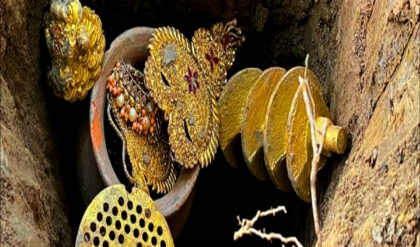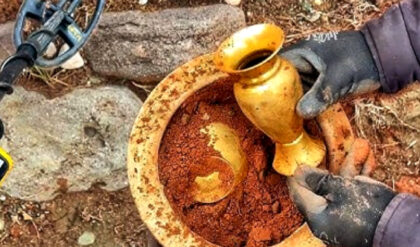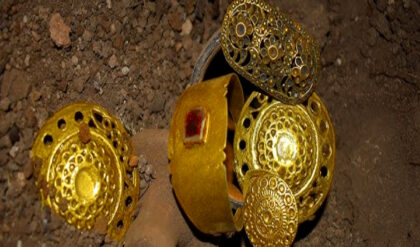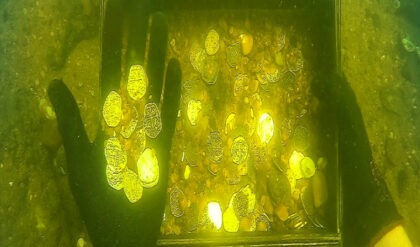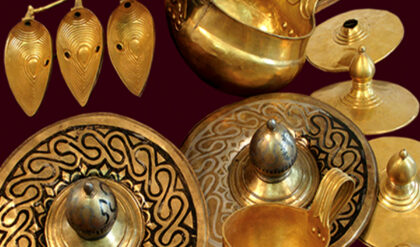In the Middle Ages, most dogs had jobs. In his book De Canibus, the 16th-century English physician and scholar John Caius described a hierarchy of dogs, which he classified primarily according to their function in human society.
At their peak were specialized hunting dogs, including greyhounds, known for their “incredible speed,” and bloodhounds, whose powerful sense of smell led them “down long lanes, crooked stretches, and weary paths” in search of their prey.
But even the “mungrells” who occupied the lower rungs of the canine social ladder were characterized in terms of their job or status. For example, as street performers or as grillers in kitchens, running on wheels that turned roasted meat.
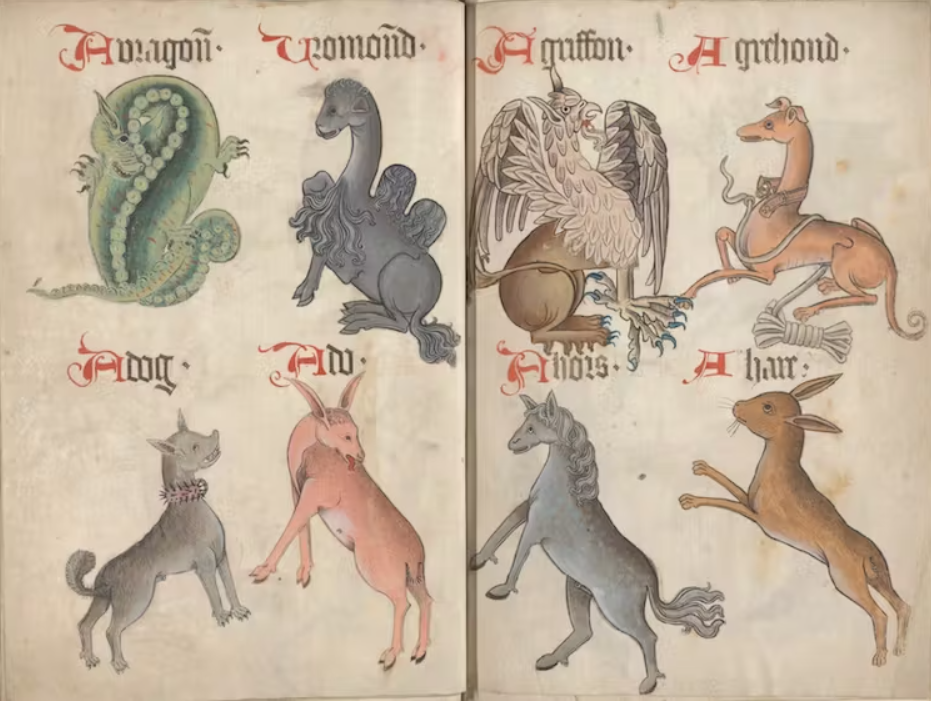
The place of dogs in society changed when hunting became an aristocratic pastime, rather than a necessity. At the same time, dogs were welcomed in noble homes, especially among women. In both cases, dogs were signifiers of elite social rank.
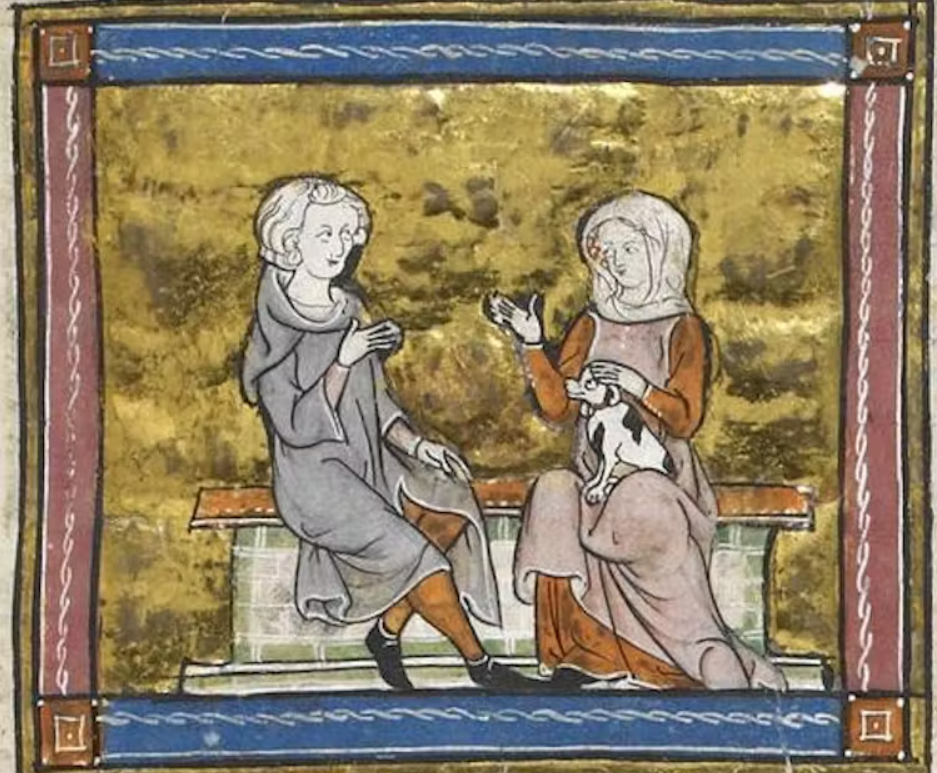
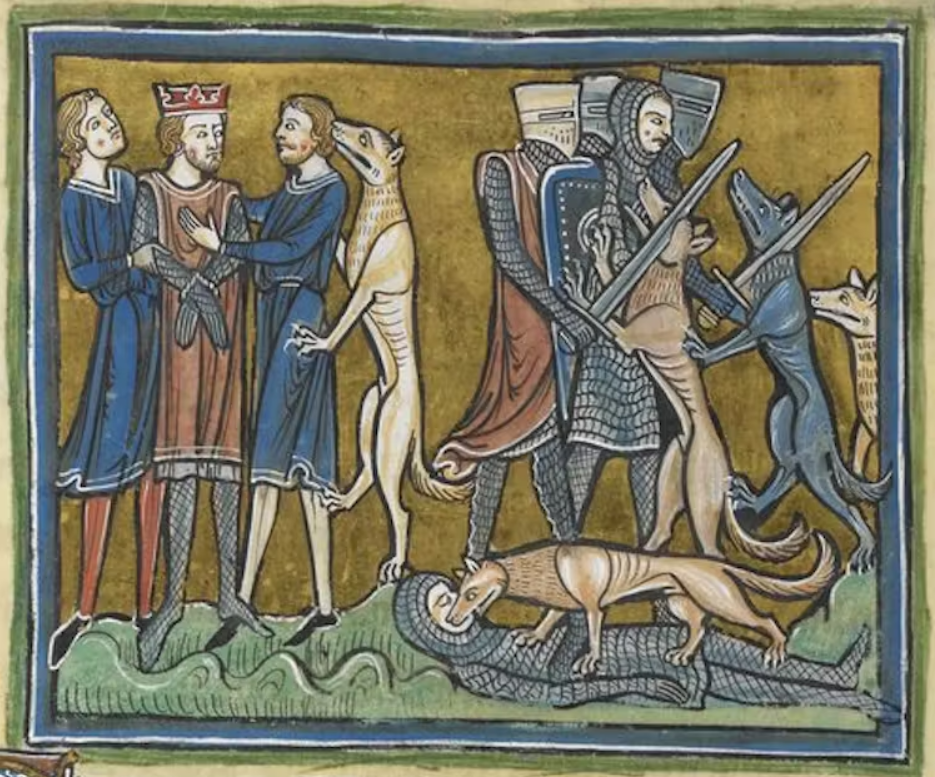
Upon discovering the child unharmed (the dog had actually saved him from a poisonous snake), they honored the “martyr” dog with a dignified burial, which motivated his veneration and supposed healing miracles. Although Stephen’s story was intended to reveal the sin and folly of superstition, it underscores what medieval people perceived as the special qualities that distinguished dogs from other animals.
According to the Aberdeen Bestiary (c. 1200): “No creature is more intelligent than the dog, because dogs have more understanding than other animals; Only they recognize their names and love their masters.”
The association between dogs and loyalty is also expressed in the art of the period, including in relation to marriage. On funerary monuments, depictions of dogs indicate a wife’s fidelity to the husband lying at her side.
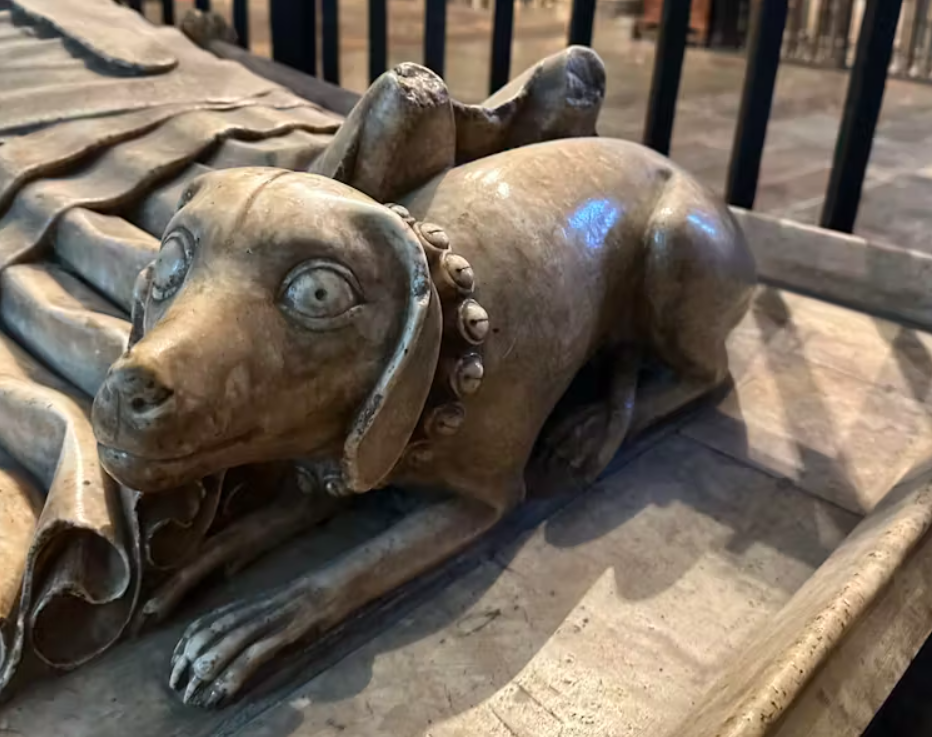
In the case of clerical tombs, however, they may suggest the faith of the deceased, such as that of Archbishop William Courtenay (d. 1396), buried in the Trinity Chapel of Canterbury Cathedral. Courtenay’s alabaster effigy rests on a funerary chest on the south side of the chapel. The archbishop wears the tunic and miter of his office, and two angels support his padded head. At his feet lies obediently a dog with long ears and a collar with bells.
Although it is tempting to wonder whether the dog depicted on Courtenay’s tomb may represent a royal pet owned by the archbishop, the bell collar was a popular convention of contemporary iconography, especially for lap dogs.
